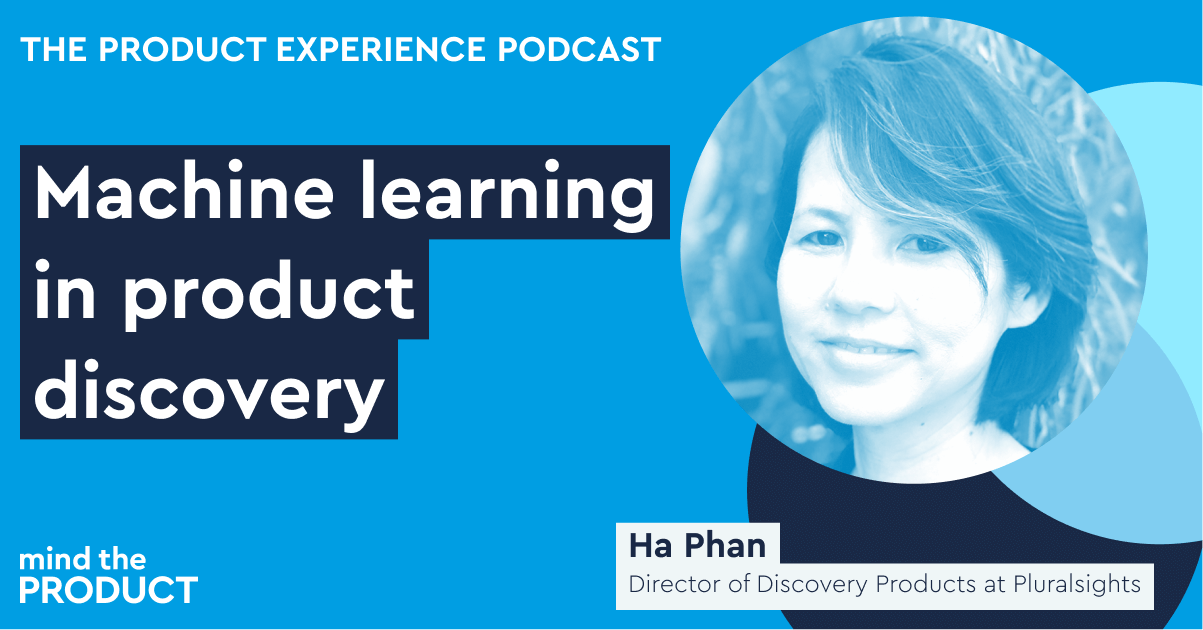We spoke with Daniel Shirley, Product Manager, Analytics at Baxter International, to understand how product teams can prioritise roadmaps through visibility into feature adoption.
At work, they call me "DataDan" since I lead Product Management for a segment of the Analytics products at Baxter Healthcare. My degree is in Industrial & Systems Engineering from the University of Florida, where I learned how to use statistics to optimise business processes.
I am now applying that education to optimising healthcare experiences. For the last seven years, I've been in Product Management for Baxter International Inc., growing from a 120-person company to 60,000 through two acquisitions, including Hillrom, and before that Voalte.
My responsibilities steadily increased over that time and now include taking data from smart medical devices like beds, locating tags and communication apps and providing actionable insights to hospital administrators on ways they may be able to help reduce patient falls, improve patient experience scores and ease nursing workload.
Capturing the voice of the customer is the most important aspect of building a roadmap. Most releases are based on the top needs of existing and potential customers, balanced with a strategic long-term strategy.
For a company with multiple portfolios of products that roll up to a combined value prop, we use Jira Structures as the source of truth for the exact features rolling up to a few initiatives that then roll up to top-level business initiatives. This ensures we are all working toward the same goal. Finally, if there is a large theme of features, we are looking at investing in, we create a business case which will be compared against other investment opportunities to ensure we are prioritising our efforts appropriately from a financial perspective as well.
Many customers rely on on-premises servers at the hospital, which makes the upgrade process very slow since we have to account for validating the compatibility of integrated solutions across many current versions and manually upgrade each hospital when they are ready. This architecture also makes it challenging to obtain data to measure adoption. Hospitals are getting more comfortable with SaaS solutions, so this dynamic will change quickly over the next five years. Quality of the solution is the top priority, requiring extra time to be spent on regulation and security to ensure safe and effective solutions.
We make priority decisions based on an evaluation of a request for the percentage of customers that may benefit, the potential business impact, the level of effort to develop the feature, and the potential clinical impact. We want to become more data-driven by using tools to measure the adoption of features. This will help us to ensure the features we release are successful and, if not, understand why. Workflows in the hospital are complex and are influenced by many factors, such as patient volumes, clinical protocols, staffing levels and individual staff familiarity with technology. Pairing adoption data with customer interviews should provide a more complete picture of our feature implementations.
As we roll out new data-driven tools, one simple metric, like the number of Monthly Active Users vs. the number of Total Customers, will help us understand the adoption of our whole product. With features, we want to understand how frequently customers are using certain features within the last 30 days, as an example.
Typically, we have a prioritization process that factors in information such as business value, breadth of feature reach, clinical impact, complexity, and sprint duration. We look for opportunities to address these short-term needs in a release with incremental features that build toward a longer-term strategy.
We summarize the number of hospitals requesting each feature along with market studies that reveal top themes. As we bring more products into our data-driven model, we aim to enhance those discussions with more granular information around specific feature adoption. Tracing every item of feedback back to a delivered feature is something we want to get better at as well so we can communicate back to the requestors when it's delivered to build trust that their voice is being heard. Feedback comes from so many sources like emails, meeting notes, and form submissions. It’s challenging to get it all documented and synthesised.
It differs by product, but we have used tools such as Twilio Segment, Power BI, and Pendo.
We also have customer-facing reporting products that pull in clinical and utilization data, measured by our devices, which is used to quantify the impact of medical devices on workflows, such as reducing alert fatigue or improving response times.
Once a feature is available, we will go back into the completed feature ticket and fill in the outcome to help us understand if we were successful or if there are opportunities for improvement. Each product also has a regularly cadenced backlog meeting where we triage features into releases.
Being in the B2B space, we consider the Hospital Administrator a stakeholder who takes ownership of the product for their customers who may include caregivers. They are often interested in the adoption of features within their organisation to know if they want to expand to more hospitals or to identify where they need to provide assistance via education or technical support to ensure its success.
Roadmaps can only get more accurate when data is used to inform decision-making. If it can be accurate, I see the next frontier being generative AI tools as a way to reduce time from question to answer for Product Managers who could simply ask, "What is the adoption of Feature A?" or “What has customer feedback been on X feature?” and it returns summarised stats which can be immediately used to make decisions.









Comments
Join the community
Sign up for free to share your thoughts